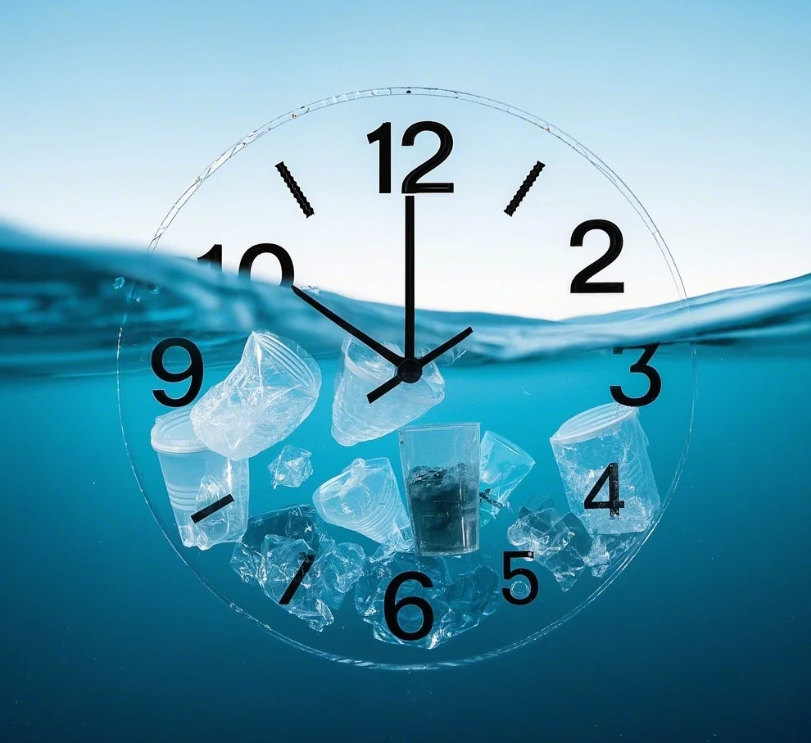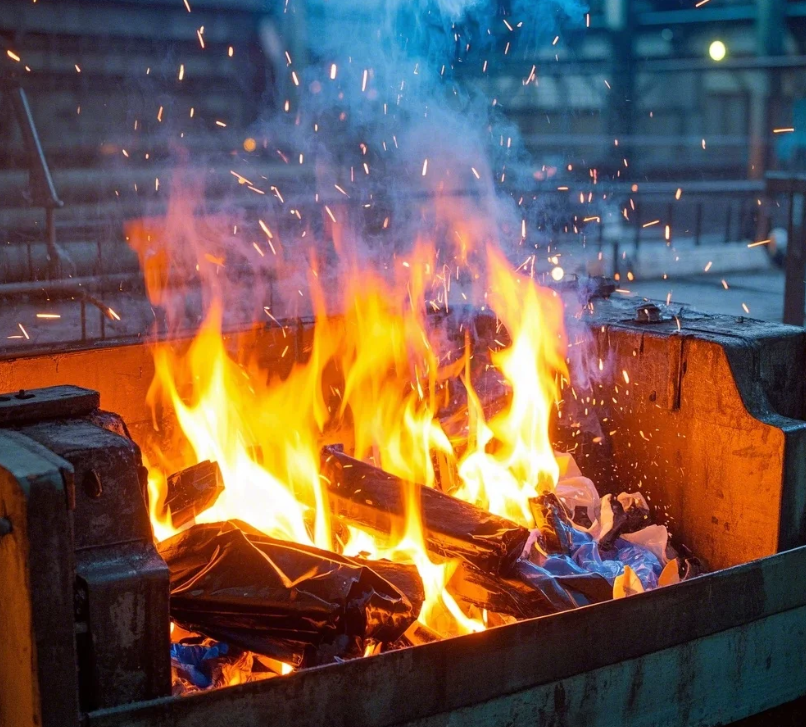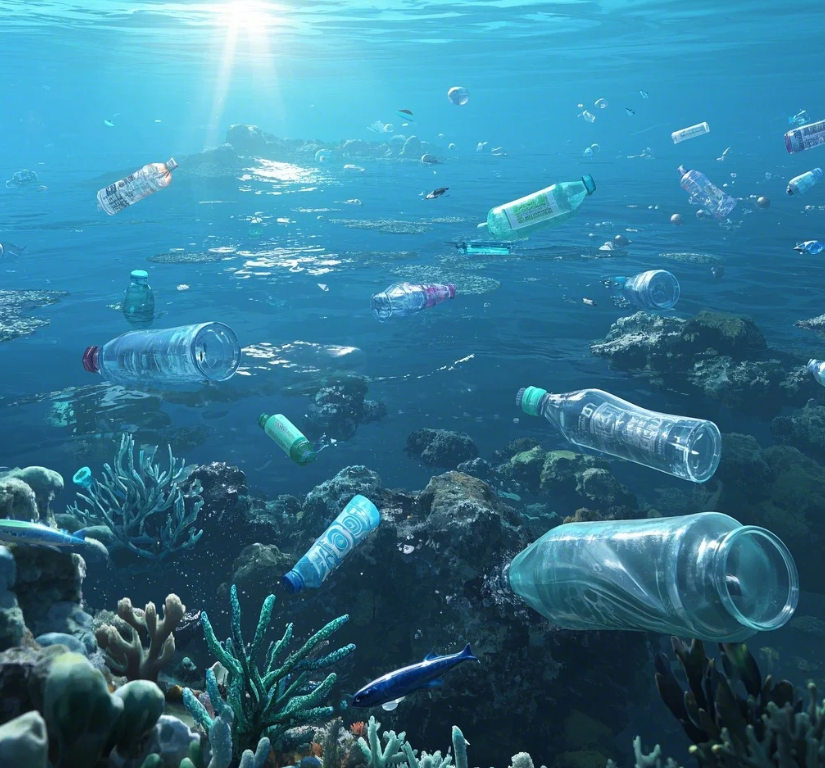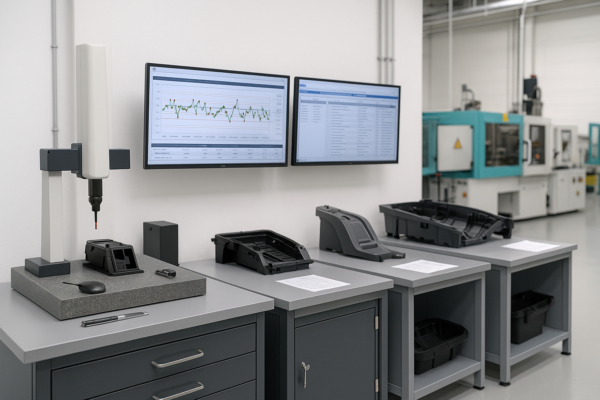What happens to plastics over time?

Plastic is a remarkably durable material, designed to last for an extended period. However, this durability comes at a cost—once plastic enters the environment, it can persist for centuries. But what exactly happens to plastic over time, and how does it impact the environment? Understanding the lifecycle of plastic is crucial for realizing its long-term effects on the planet. Let’s explore what happens to plastic over time, from the moment it’s created to when it eventually decomposes, if it ever does.
Snippet paragraph: Plastics can take hundreds of years to break down, and even then, they often leave harmful microplastics behind. Over time, plastics deteriorate, causing serious environmental concerns.
Transition paragraph: In this article, we’ll dive into the life cycle of plastics, examining what happens when they age, how they decompose, and the lasting impact they have on the environment. We’ll also look at what happens to plastic after decades of exposure and why it’s such a significant environmental issue.
What happens to most plastic over time?

Plastics are not biodegradable, meaning they don’t break down naturally in the environment like organic materials. Instead, they undergo a process known as photodegradation, where sunlight breaks down the bonds in the plastic molecules. However, this process is incredibly slow. Plastics can take hundreds to thousands of years to decompose completely, and during that time, they continue to cause harm to the environment.
Snippet paragraph: Most plastics break down very slowly, often taking centuries to decompose. During this time, they persist in the environment, contributing to pollution.
Photodegradation: The Slow Breakdown
When plastic is exposed to sunlight, it begins to break apart into smaller fragments. This process, known as photodegradation, is primarily triggered by ultraviolet (UV) radiation from the sun. UV light weakens the bonds in the plastic, causing it to become brittle and break into smaller pieces. While this process accelerates the physical breakdown of plastic, it does not fully decompose it into harmless substances.
Instead of breaking down into simple, natural elements, plastic fragments break into tiny particles called microplastics. These microplastics can be as small as 5 millimeters or even smaller, and they are pervasive in the environment. They are particularly harmful because they can easily be ingested by animals and enter the food chain.
The Persistence of Plastic Waste
Even though plastics eventually break down into smaller pieces, they rarely break down completely. The particles often remain in the environment, accumulating in landfills, oceans, and other ecosystems. According to studies, plastic waste in oceans is expected to outweigh fish by 2050 if current trends continue. This growing plastic pollution is a major environmental issue, affecting both terrestrial and marine ecosystems.
The persistence of plastic waste is due to its synthetic nature. Unlike natural materials, which decompose relatively quickly, plastics are made from polymers that do not occur naturally in the environment. This synthetic structure makes them incredibly durable, but also difficult to break down, which is why plastic pollution continues to be a global problem.
What happens to plastic when it gets old?

As plastic ages, it undergoes several physical changes. The most notable of these is a process known as oxidation, which occurs when the plastic is exposed to oxygen and UV light over time. This process weakens the molecular structure of the plastic, causing it to become brittle and fragile.
Snippet paragraph: As plastic ages, it becomes more brittle and prone to breaking. Exposure to light and oxygen weakens its molecular structure, leading to deterioration.
The Effects of Oxidation
Oxidation is the primary cause of plastic deterioration over time. When plastic is exposed to air, the oxygen molecules interact with the plastic’s polymers, causing them to break down. This leads to a loss of flexibility and strength, making the plastic more likely to crack and crumble into smaller pieces.
In addition to making the plastic more brittle, oxidation can also cause the plastic to change color. Plastics exposed to sunlight often turn yellow or fade in color as the UV radiation degrades the chemical bonds in the material. This process is particularly evident in plastic items left outdoors for long periods, such as plastic lawn furniture or outdoor toys.
Environmental Impact of Aging Plastics
Aging plastics not only become more brittle but also more dangerous to the environment. As plastics age, they begin to break into smaller fragments, including microplastics. These tiny particles are not only hard to clean up, but they can also infiltrate ecosystems, where they pose a threat to wildlife. Animals may mistake these microplastics for food, leading to ingestion, which can cause health problems, and in some cases, death.
The ability of plastic to persist in the environment, even as it ages, means that it continues to pose an ongoing threat to ecosystems and biodiversity. The longer plastic remains in the environment, the more likely it is to spread across vast distances and affect a wide variety of species.
What happens to plastic at the end of its life?

At the end of its useful life, plastic does not simply disappear. Its disposal is a critical issue because most plastic waste is not recycled effectively. While some plastics can be recycled, a large percentage ends up in landfills or is incinerated. The disposal of plastic waste is a significant concern, as it leads to long-lasting environmental problems.
Snippet paragraph: At the end of its life, plastic is either discarded in landfills, incinerated, or recycled. However, a large portion of plastic waste is not recycled effectively and remains in the environment.
Landfilling and Incineration
The most common disposal method for plastic at the end of its life is landfilling. Once plastic products have been discarded, they often end up in landfills, where they can take hundreds of years to decompose. During this time, plastic waste can leak harmful chemicals into the surrounding soil and water, further contaminating ecosystems.
Another method of disposal is incineration. While burning plastic can reduce its volume, it releases harmful gases and chemicals into the atmosphere, contributing to air pollution. These emissions can include toxins like dioxins and furans, which are harmful to both human health and the environment.
Recycling Plastic
Recycling is a more environmentally friendly option, but unfortunately, not all plastics are recyclable. Even though many plastics can be melted down and repurposed, a large percentage of plastic waste is not recycled properly. Some plastics are made from mixed materials, which are difficult or impossible to separate during the recycling process. As a result, much of the plastic waste that could potentially be recycled ends up in landfills or as litter.
The Fate of Plastics in the Ocean
When plastic waste ends up in the ocean, it is subject to a different set of processes. Plastics in the ocean are gradually broken down by sunlight and waves into smaller particles known as microplastics. These microplastics can be ingested by marine life, leading to contamination of the food chain. Plastics can also accumulate in ocean gyres, creating vast areas of floating plastic debris, such as the Great Pacific Garbage Patch. This plastic pollution threatens marine ecosystems and poses a significant challenge for conservation efforts.
What happens to plastic after 100 years?

After 100 years, plastic that has been exposed to the elements will likely have broken down into smaller particles, but it will not have fully decomposed. Depending on the type of plastic and the environmental conditions, the plastic could still be present in the environment, either as microplastics or larger fragments.
Snippet paragraph: After 100 years, plastic may have broken into smaller particles, but it will not fully decompose. It remains in the environment as microplastics, causing long-term pollution.
The Long-Term Persistence of Plastic
Plastic’s durability is one of the reasons it has become such a pervasive environmental issue. Even after a century, plastics will still be present in landfills or in the environment. These plastics may break into microplastics, which are incredibly difficult to remove from ecosystems. Some plastics, especially those made from certain polymers like polyethylene and polypropylene, are particularly resistant to breaking down, and they could remain in the environment for many generations to come.
The Threat of Microplastics
After 100 years, plastic particles will have likely broken down into microplastics, which can be as small as 5 millimeters or even smaller. These microplastics are not only difficult to clean up, but they are also extremely harmful to wildlife. Animals ingest microplastics when they mistake them for food, and these tiny particles can accumulate in the animals’ bodies, causing long-term health effects.
Microplastics have been found in virtually every part of the environment, from the deepest ocean trenches to Arctic ice. They are even present in the air we breathe and the food we eat. The long-lasting nature of microplastics means that even after a century, plastic pollution will continue to affect both ecosystems and human health.
Conclusion
Plastic’s durability, while useful for many applications, has become a significant environmental problem. Over time, plastic breaks down into smaller pieces but never truly disappears. Whether it ends up in landfills, oceans, or the atmosphere, plastic remains in the environment for centuries, causing harm to ecosystems and wildlife. Understanding the long-term impact of plastic is crucial for developing solutions to reduce its production and waste. Reducing our reliance on single-use plastics and improving recycling systems will be essential to mitigating the environmental crisis caused by plastic pollution.
TEMPLATE_END







